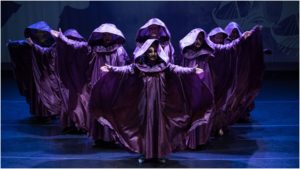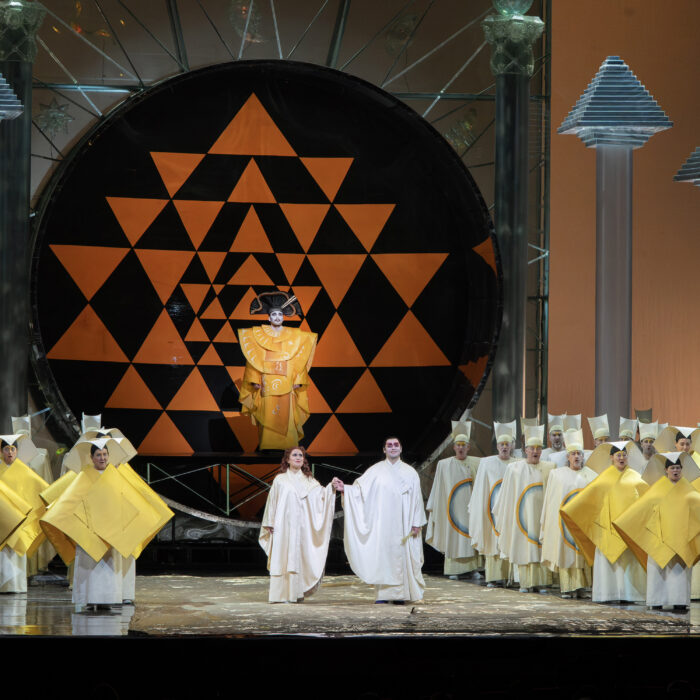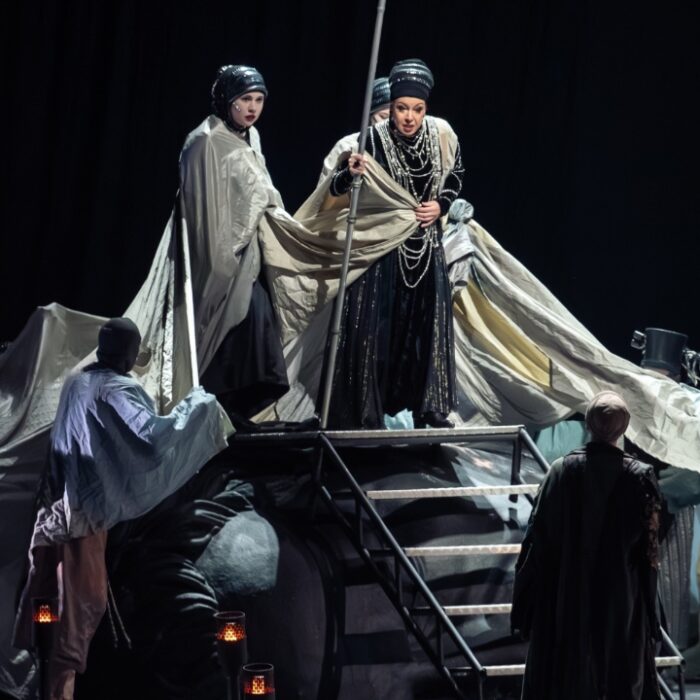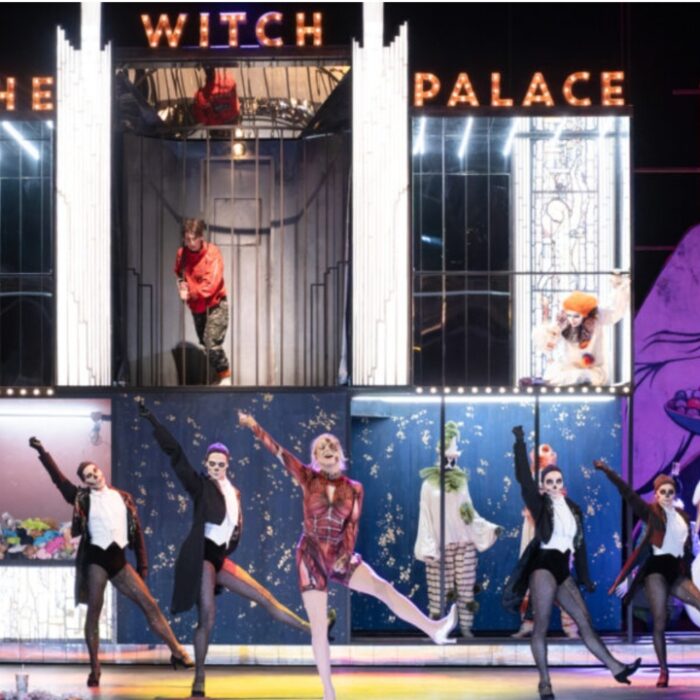
Ars Minerva 2018-19 Review: Ifigenia in Aulide
A Strong Rendition Of An Unknown Work By Giovanni Porta
By Maria NockinOn December 1, 2018, Ars Minerva presented Giovanni Porta’s opera “Ifigenia in Aulide” at the ODC Theater (formerly Oberlin Dance Collective) in the Mission District of San Francisco.
Premiered in 1738, Porta’s opera demonstrates some of the musical progress that occurred in the first half of the 18thcentury. “Ifigenia,” which features a libretto by Italian poet Apostolo Zeno, is an opera seria but in a few places, it even looks forward to the works of Mozart and Da Ponte.
A Look Back
Porta uses the musical language of the 18thcentury with its definite demarcation between aria and recitative as well as the ABA da capo format. He deals not only with the feelings expressed in the text but also with the emotions that gave birth to these specific feelings. Thus his music has more of an emotional pull on the listener than the works of many of his colleagues.
Zeno based his text on the works of Euripides and Jean Racine. Agamennone, the leader of the Greek forces in the Trojan War, has agreed to sacrifice his daughter, Ifigenia, to appease the goddess Artemis, assure favorable winds, and allow his troops to sail for their expected battle with Troy.
Zeno had written this libretto some 20 years before Porta composed his opera, however, and several other composers had made use of it in the meantime. That may be the reason Porta’s “Ifigenia” was not revived after its first run.
Brought To Life
Ars Minerva’s production dwelt on the psychological and musical aspects of the work. Utilizing Nicole Spencer Carreras masterly projections and a few props, director Céline Ricci created the mythical world of Ancient Greece. Matthew Nash’s costumes were colorful but did not evoke any particular time or place. His headdresses, however, did show rank and Teghan Rohan’s makeup helped the women singing pants roles create credible characters.
Céline Ricci’s direction brought threads of the drama out a few at a time in Act one and layered more on top of them in Act two, so that by Act three all the strands of emotion were woven into an engaging tapestry of musical drama. Ricci has been instrumental in bringing Porta’s “Ifigenia in Aulide” from total obscurity to a modern performing version that will hopefully be seen in other cities as well as San Francisco.
Porta’s music bristles with intrigue as Agamennone tries to rescue his daughter without incurring the wrath of the goddess. Zeno adds dramatic irony when Ifigenia, who has rhapsodized over her coming wedding to Achille, discovers she is instead en route to a sacrificial altar. Porta frames it with an expressive and tuneful aria, which Aura Veruni sang with the sweet, lyric tones of a virginal bride.
Achille, also tries to save her with dramatic flair. Porta shows this character’s power and skill with the complex nature of his music. As sung by Celine Ricci, his exuberant roulades were replete with the kind of elegant dramatic coloratura American audiences rarely get to enjoy. Her portrayal invited the audience to contemplate the value of a young woman who could lose her life in payment for favorable winds.
To add to the conflict, Ifigenia has a rival for the love of Achille. Elisena, sung by soprano Cara Gabrielson, loves Achille, but he cares only for Ifigenia. Porta depicts Elisena’s insecurity with agitated long runs and Gabrielson combined them with visible mood changes. In the end, it is the sacrifice of Elisena that makes everyone else’s wishes fall into place.
Ifigenia’s mother, Clytennestra, whom we know under different circumstances in Richard Strauss’s “Elektra,” is a most sympathetic character in this opera. When she asks Agamennone to spare the girl’s life, he not only refuses, but tells Clytennestra to obey his commands because she is his wife. As with Porta’s other characters, Clytennestra, sung by Shawnette Sulker, expresses her thoughts and emotions in florid decoration. Sulker’s high lying coloratura was always pristine and her acting was impressive.
Mezzo-soprano Nikola Printz portrayed the male chauvinist Agamennone with an artful combination of dramatic and lyric tones. Her vocal expression was of the highest order but her acting was somewhat less convincing.
Kevin Gino was a bronze-voiced Ulisse who added to the strength of the male contingent as he sang of his excitement at the prospect of a Greek victory over Troy. Brazilian countertenor Matheus Coura was a passionate Teucro who sang with strong falsetto tones.
Spencer Dodd added his resonant low tones to the mix. This production presents a number of new fine additions to the Early Music vocal roster.
Hooded Chorus
This opera had a masked, hooded silent chorus that moved gracefully according to Ricci’s direction. At times, she integrated the group’s action with that of the leading characters. When Ifigenia sang her heartbreaking duet with Clytemnestra, half of the chorus held each of them. They propelled the singers forward or held them back according to the text. When Teucro tries to tell Elisena he loves her, each chorus member raised a hand to show his error. He, in turn, slapped each hand down.
Conducting from the harpsichord, Derek Tam led the ten-piece orchestra that included first and second violins, viola, cellos, and theorbo. Although they were few in number, their sound was dynamic and they gave listeners the feeling of being in an intimate 18thcentury chamber where only the elite could listen to great music. Maestro Tam brought out the lyrical beauty, the unending tension, and the strong dramatic lines of Porta’s opera allowing the ODC audience to enjoy a very special musical treat.
Performances of “Ifigenia in Aulide” have concluded, but Ars Minerva is always on the hunt for new projects that bring worthy forgotten operas back to the public.


